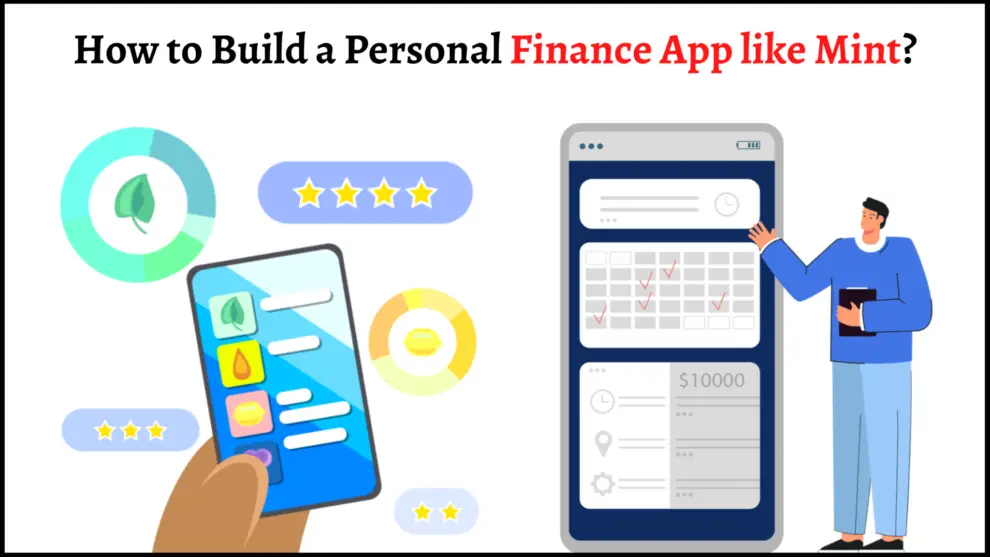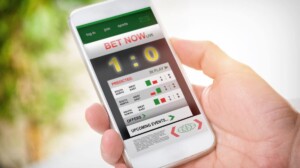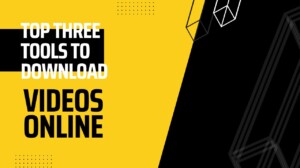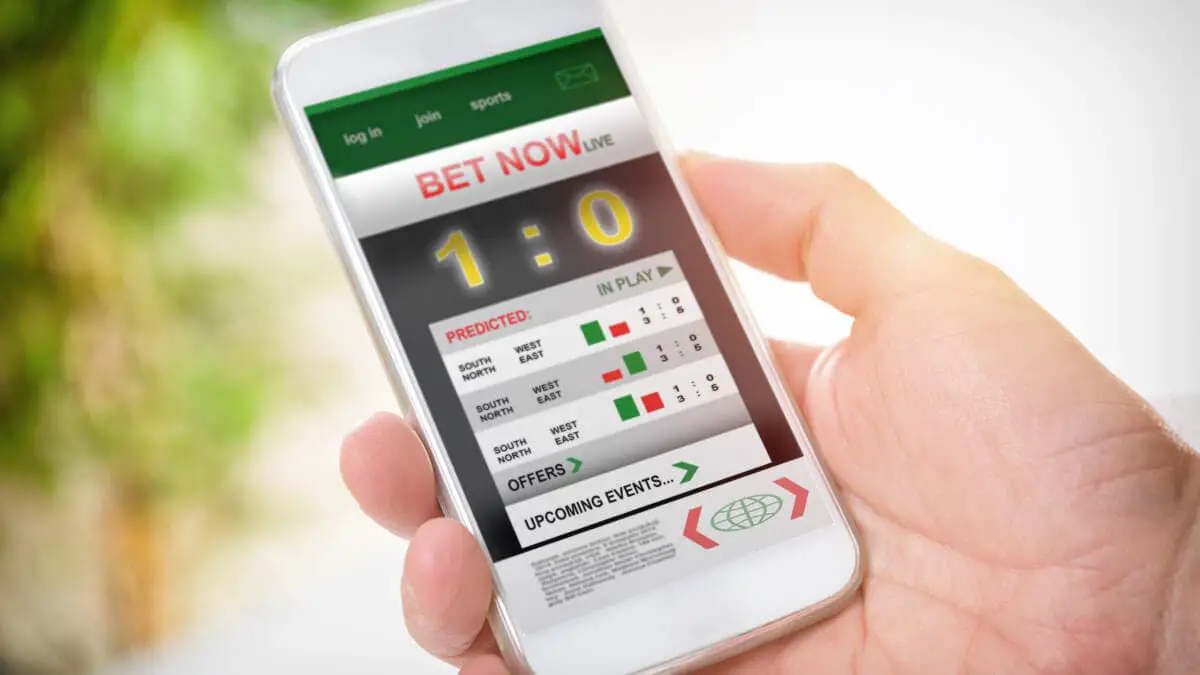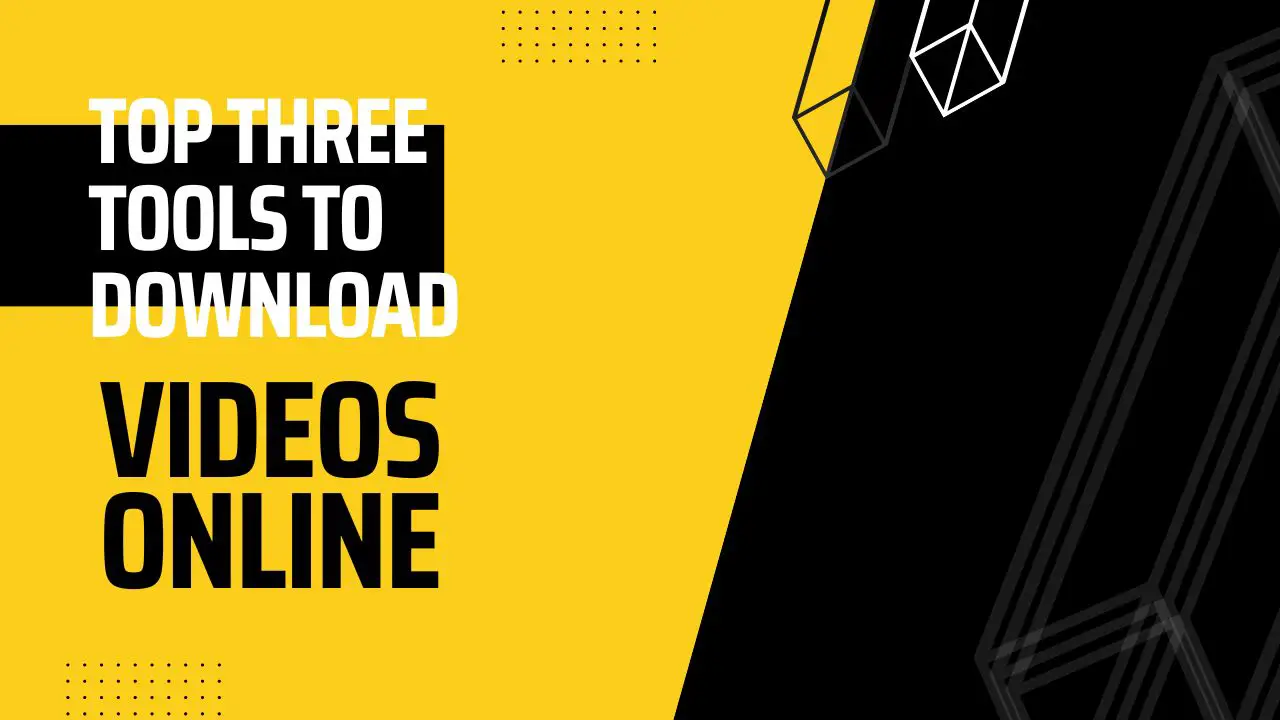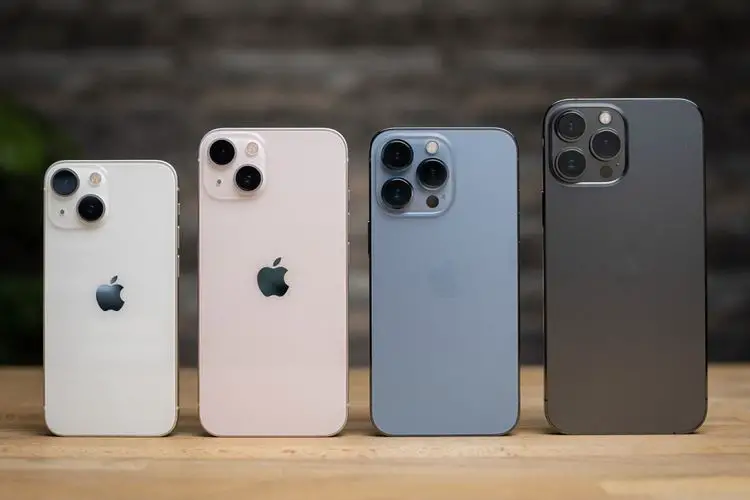In today’s fast-paced and hectic lifestyle, nobody likes to track their expenditures by searching through stacks of receipts. However, maintaining a record of your finances is crucial.
Personal finance management applications provide a solution for ineffective budgeting and hasty spending. The rise of budgeting apps is also due to COVID-19, as restrictions allowed people to utilize smartphones to operate their banking transactions, investments, credit cards, income, etc.
According to Allied Market Research, the valuation of the worldwide personal finance software market was $1,024.35 million in 2019 and is predicted to touch $1,576.86 million by 2027.
So, as you can notice, developing a Fintech app is a good idea in today’s business environment. However, to make a personal finance app like Mint, it is essential to take the help of a fintech app development company for scalability.
This blog will discuss Mint, its core features, and an effective way to develop a finance app.
Let’s begin with a summary of the Mint.
What is Mint?
Founded by Aaron Patzer in 2006, Mint is a free personal financial management application with various user-friendly financial planning and tracking tools that helps you to facilitate your budget procedure and save money.
It also enables users to combine every financial account in the application and provide a precise picture of their financial condition. Users can effectively organize their transactions into various classes, set budget goals, and track expenditures and savings.
Simple Steps to Build a Personal Finance App Like Mint Through Fintech App Development Company
1. Discovery Phase
The discovery phase is the most critical aspect while building a finance app. It concentrates on understanding the client’s fundamental requirements, doing market analysis, determining project objectives, and attaining a clear scope of work for the project. You can validate your Fintech app ideas with an experienced mobile app developer.
2. Market Analysis
Market analysis is compulsory today as it lets you know your target audience better and specifies project objectives. Moreover, it helps you understand whether you have set a realistic ROI goal or not and also creates a value proposition.
3. Choose the Development Platform
There are two popular mobile operating systems, i.e., Android and iOS. Thus, you must decide whether you want to build an app for iOS, Android, or both. You can choose a native app development technique for creating a finance app for a specific platform or cross-platform app development if you like to release your app on both operating systems. You can consider an iOS app development services provider for making interactive Fintech apps.
4. Technology Stack Used By Fintech App Development Services Provider
After deciding on the platforms you desire to create a finance application, your tech partner picks the technology stack based on your company’s objectives and operating system preference.
Tech Stack For an iOS-Based App
- Programming Language-Swift
- Toolkit-Apple Xcode
- SDK- iOS SDK
Tech Stack For an Android-Based App
- Programming Language-Kotlin
- Toolkit-Android Studio and Android Developer Tools
- SDK-Android SDK
Tech Stack For a Hybrid App
- Programming Language-JavaScript, HTML, CSS, Dart, C#
Frameworks
- Ionic, React Native, Flutter, Xamarin, Apache Cordova
5. Develop UI/UX Design
Renowned financial applications always have two things; they look better and are very operational. Another necessary factor in developing a personal finance app like Mint is the UI/UX design, as the appearance and feel of any app are paramount.
During this phase, the UI/UX developers not only develop an attractive mockup of the app but also define how the app functions and how the users will interact with it.
6. Make a Prototype
A mobile app development company can make a prototype of your budgeting finance app with necessary and fundamental features. The prototype is a mockup of a mobile app. It may comprise screens and certain functions without the final design elements.
7. Development
Once the client approves the prototype, the next stage begins with creating an intuitive user interface. Furthermore, the developer can add the required features to build a fully-operational finance app.
8. Testing
You would like your app to work seamlessly without any bugs. Therefore, testing is a critical stage in the mobile app development procedure. One can get the desired performance with stringent testing with the assistance of a software development team.
The Bottom Line
Building a Fintech app that brings significance to your users is tricky as you must consider numerous factors of making a custom money management app. When developing an app for finance, be mindful of the functionalities users prefer now and what will be modern in the upcoming years. You should analyze the market first, check the latest trends, and see what competitors do.
Money management applications differ in features. Before making a personal finance app, look for reliable fintech app developers and list all your needs upfront. If you wish to create a successful budgeting app like Mint, hire a skilled and experienced development team.
